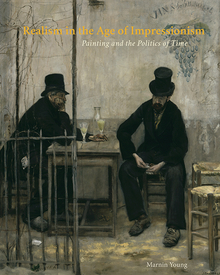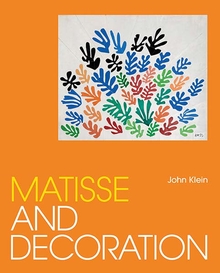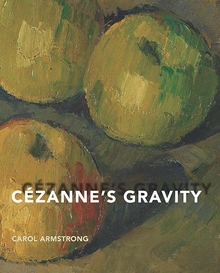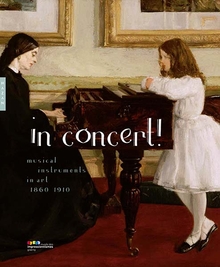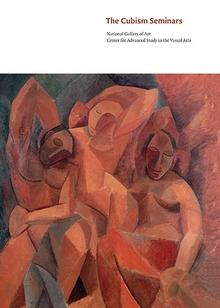Picasso and the Invention of Cubism
WARNING
You are viewing an older version of the Yalebooks website. Please visit out new website with more updated information and a better user experience: https://www.yalebooks.com

Read this book online via the A&AePortal, our art and architectural history eBook platform. To learn more about how to access this book, please contact us.
This book transforms our understanding of Cubism, showing in unprecedented detail how it emerged in Picasso’s work of the years 1906–13, and tracing its roots in nineteenth-century philosophy and linguistics.
Linking well-known paintings and sculptures to the hitherto-ignored drawings that accompanied them, Pepe Karmel demonstrates how Picasso’s quest to depict the human body with greater solidity led, paradoxically, to its fragmentation; and how Picasso used the archaic model of stage space to free himself from conventional perspective, replacing the open window of Renaissance painting with a new projective space.
In other chapters, Karmel discusses the empiricist philosophy championed by Hippolyte Taine, which encouraged the breakdown of painting into its abstract elements, and laid the groundwork for an art of mental association rather than naturalistic figuration. Similarly, contemporary philology provided the model for a visual language employing both metaphoric and metonymic (but not arbitrary) signs. Combining intellectual history with close visual reading, Picasso and the Invention of Cubism opens new perspectives on the most influential movement in twentieth-century art.
Pepe Karmel is Associate Professor of Fine Arts at New York University.
Publication Date: October 11, 2003
250 b/w + 30 color illus.


